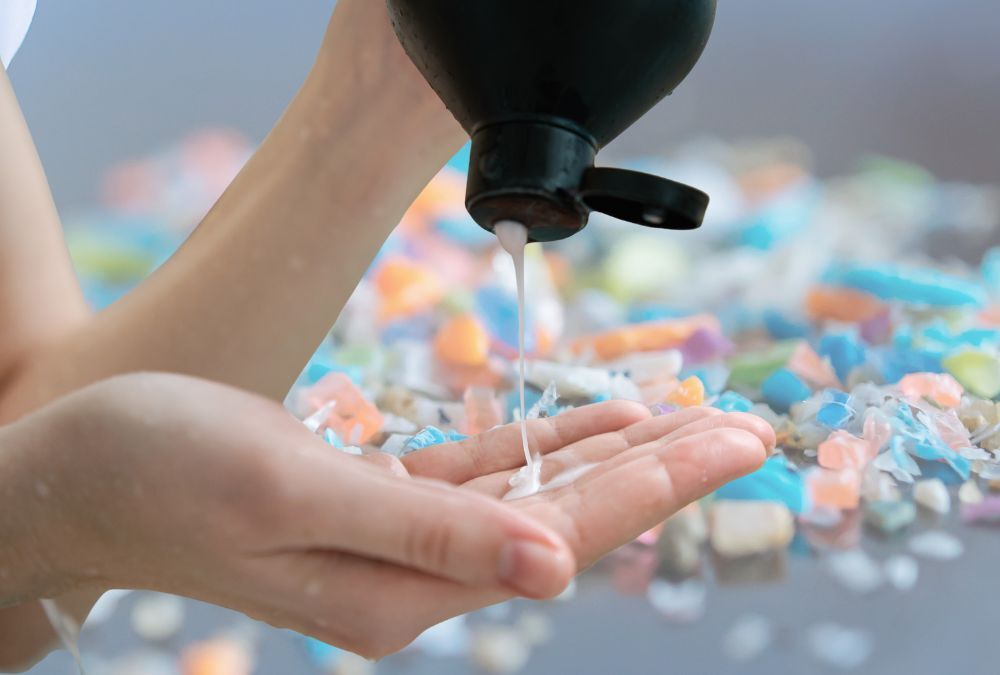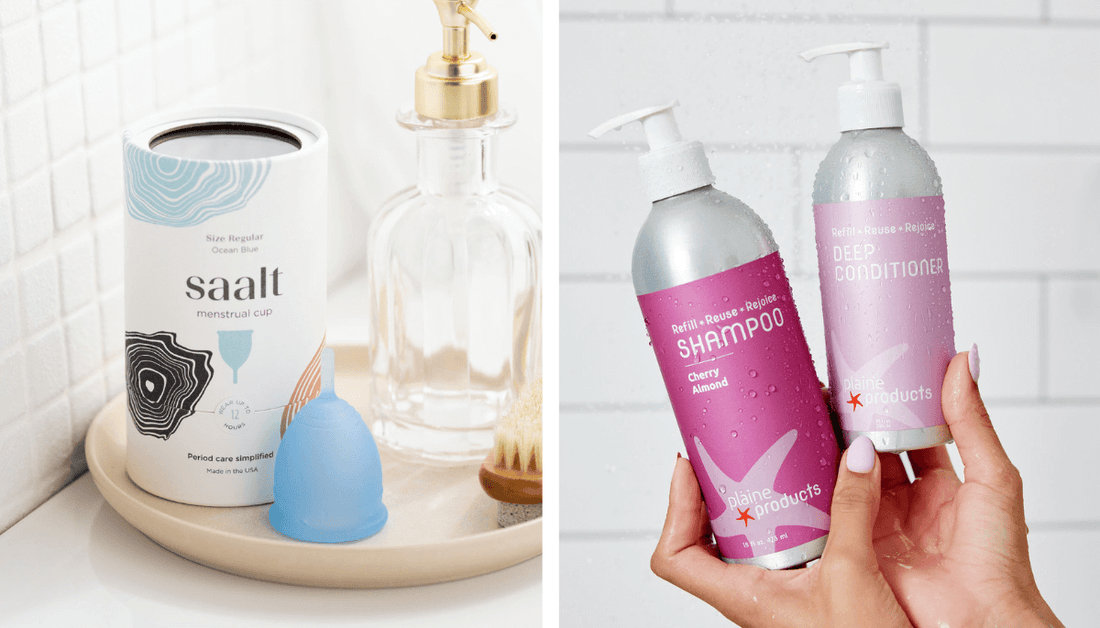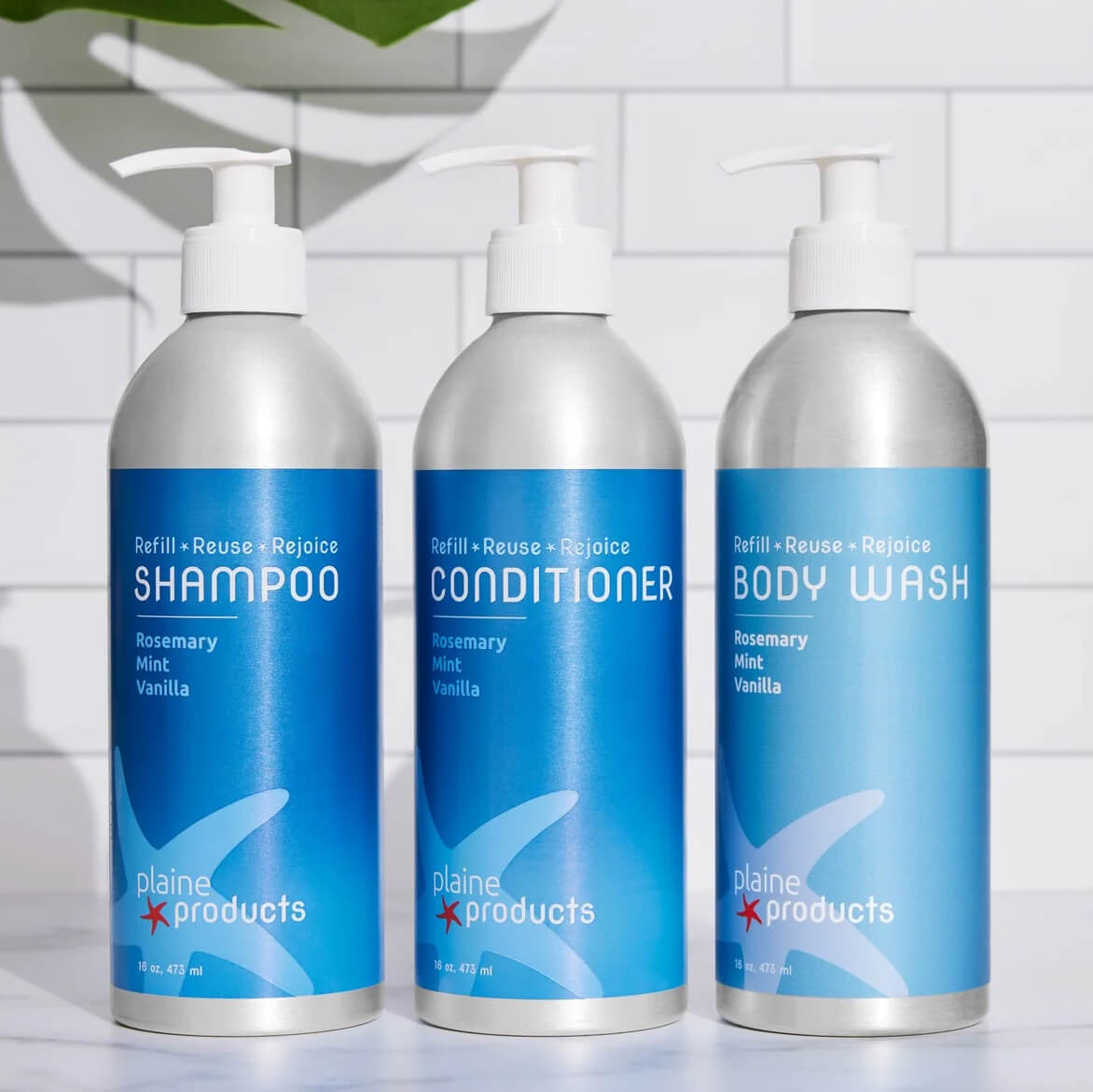Coffee Pollution Problem #1: Single-use coffee cups
It is estimated that 2.5 billion single-use coffee cups are discarded globally every year. This equates to a staggering 5000 every minute. If a person throws away one coffee cup per day, that adds up to 23lbs of waste per year. While the propaganda from many of the industry’s big players claims that disposable coffee cups are recyclable, many consumers don’t realize this is not always the whole truth. Coffee cups are mostly made from paper, obviously a recyclable material. However, to make them waterproof and able to hold drinks, they are lined with polyethylene plastic. In order to be recycled, this polyethylene layer needs to be removed. Unfortunately, this is a tricky procedure. For example, in the whole of the UK, there are only three facilities where it can be done. This means that, in reality, the vast majority of these single-use cups end up in landfill. Only around 1% of single-use cups are actually recycled. This is clearly a disaster for the natural environment. An item that is only used for the time it takes to drink a coffee then takes centuries to break down. In these terms, it is almost inconceivable that this is allowed to occur – and yet it does a mind-boggling number of times every day all over the world.The solution
There are two parts to the solution – responsibility lies with both the coffee shop selling the single-use cup and the consumer buying the coffee it contains. By working together, it will be possible to significantly reduce this source of plastic pollution in the coming years. First of all, consumers need to wean themselves off relying on these plastic cups – people need to get into the habit of taking a reusable mug or tumbler with them when they go to buy their cappuccino or macchiato. However, the coffee shops are also responsible for driving this behavior – because even if some conscientious customers start taking their own mugs, there will always be those who simply don’t care. Coffee shops need to offer incentives for customers to bring their own cups. One of the best options is to offer a small discount to those who bring their own mug; prize draws are also another way to help drive this change. Along with this, coffee shops should also make reusable mugs or tumblers available for purchase in-store. This is a win-win for the coffee shop because they will also make money on the sale of the mugs. Starbucks is one of the major chains that has tried discounts. But studies show that only about 1-2% of customers actually bring their own mugs. This suggests more work is needed.Problem #2: Pod-based machines
Another staggeringly wasteful practice is the use of single-use pod-based coffee brewers like Keurig machines or Nespresso coffee makers. In the last decade or so, Keurig has conquered the US with its range of super-convenient coffee makers. All you need to do is pop in the pod of your choice, hit “brew” and the machine does the rest. There’s no dosing, grinding or measuring – and there’s no clearing up after. The problem with this system is that, like disposable cups, those pods are difficult – or sometimes impossible – to recycle. In 2014, enough of these pods were used to circle the planet 11 times. But of course, they didn’t circle the planet: most were tipped into landfills.The solution
The companies responsible for producing this mountain of plastic waste are waking up to the problems they are causing; they have realized this astronomical amount of pollution being created is not even close to being sustainable. Companies like Keurig are investing in developing their pods to make them more easily recyclable. Others, such as Nespresso, offer a collection service where they take away the pods and recycle them themselves. However, this doesn’t change the fact that the pods are being created in the first place and that the whole process is incredibly wasteful. A better option is to make use of reusable pods. Although initially somewhat resistant to this idea since it goes against the whole point of having a pod-based machine (and also cuts into one of the company’s main sources of profit), Keurig now produces an official reusable pod. If you already have a Keurig machine, using these pods is a much more ecological option.





